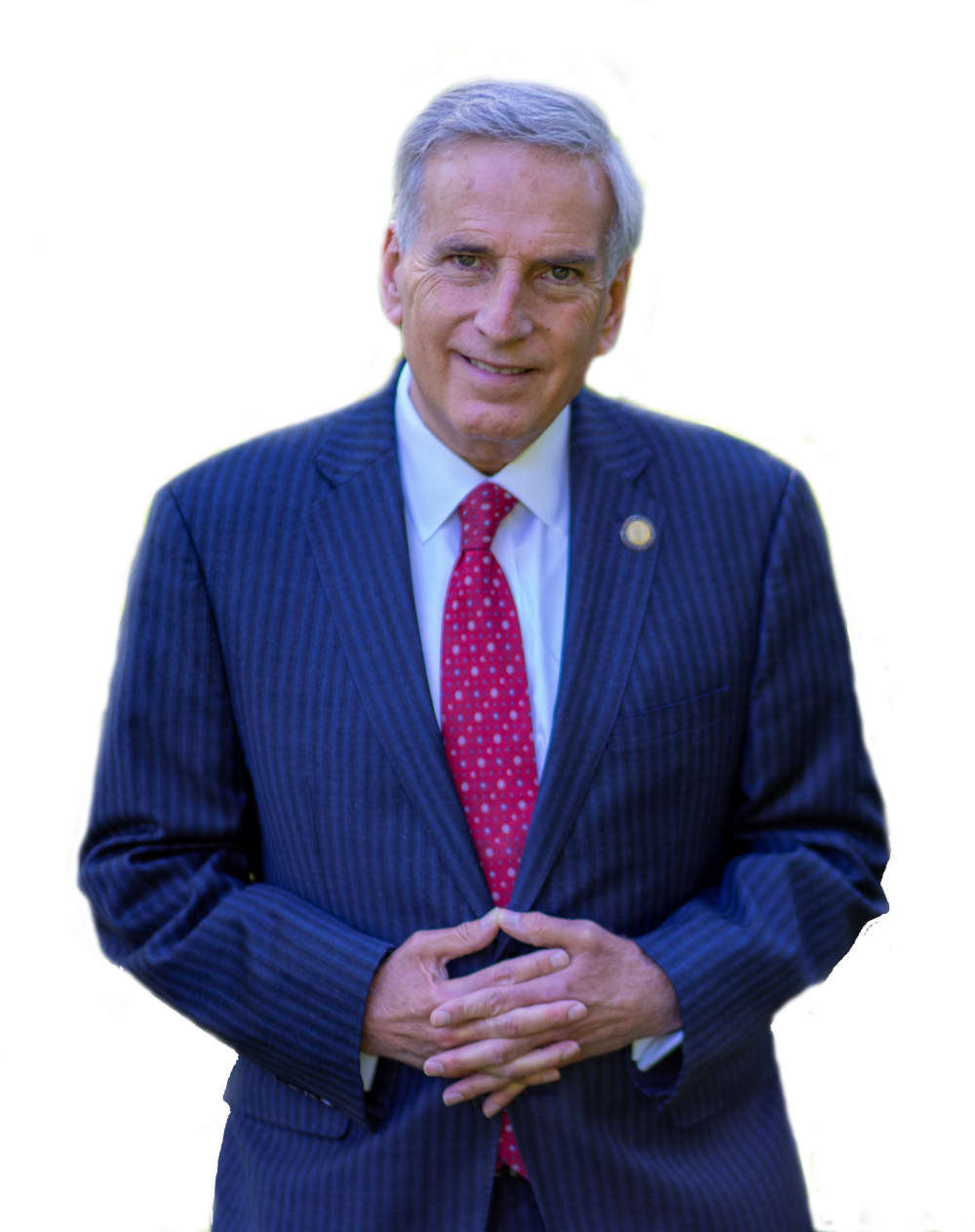Statement from Assemblyman David Weprin on Congestion Pricing
As often happens in New York politics, we are faced again with the prospect of solving New York City's traffic congestion problem, or at least that is what the advocates of congestion pricing would want you to believe. New York City does have serious transportation issues that need to be addressed but another foray into congestion pricing would be not only bad policy, but a waste of time politically. It is true that there are severe transportation problems facing New York City, but these problems have been years in the making, and instituting a tax on people attempting to drive into work isn't going to solve it.
The fact is that most of the transportation infrastructure in the New York Metropolitan area was designed when cars still had tail-fins, and ribbons of highways were laid, encircling our cities and suburbs in an effort to turn New York into a commuter's utopia. The sprawl that followed, in addition to the neglect of the areas mass-transit
infrastructure, has brought us to the problem we are facing today: too much traffic, too few alternatives. This being said, taxing commuters as much as $2000 a year, and taxing small businesses that use trucks to ship their goods to Manhattan a fee in excess of $5000
a year might be a great way to raise money, but it doesn't solve the problem, it just covers it up at the expense of hard working New Yorkers.
I believe that if New York really wants to become a 21st century city, we need to forget these stop-gap proposals and really address how our city is going to function in the long term. A useful exercise to understand the future transportation needs of New York is to imagine the multitude of negative effects a congestion pricing scheme would have on the City of New York. The tax on commuters and businesses is the most obvious, but the stress that this plan would put on the already troubled MTA would result in giving those who can afford to drive into Manhattan an option while forcing working class New Yorkers to cram onto already crowded trains, subways, and buses.
What I just described is the best case scenario, it is just hoped, that if people had to pay money to drive into Manhattan, they would see the error of their ways, buy a metro card or a bike and be content with not having their car at work. What is much more
likely to happen, is that the outer boroughs will become a park-and-ride lot for people commuting from Long Island and Westchester. This proposal also represents an embargo on Manhattan businesses, theaters, and restaurants, by taxing customers each time they choose to drive into Manhattan to frequent these establishments. Instead of ending congestion and mitigating pollution, a congestion pricing plan would simply move all of these congestion problems off Manhattan, and stick the rest of the city with them and I believe this is unthinkable.
If we want to provide real transportation solutions, and aren't willing to wait for Washington, or Detroit, or the MTA to solve our problems, we need to think creatively as to how we want transportation in New York City and New York State to function.
One common sense solution to help the MTA raise the funds needed to actually begin to confront this congestion issue is by revving the non-resident income tax or "commuter tax," and ensuring that part of that revenue be earmarked for the MTA which is a much less regressive tax than charging working class New Yorkers to drive around their own city.
I will be introducing a bill that would implement a one percent non-resident commuter tax and would split the revenue equally between the city of New York, and the MTA. A plan like this would allow us to raise revenue, not by regressively taxing our working class residents, but by collecting the money from those who already use our cities services regularly, but since they live outside the city, don't pay taxes for them. This bill would allow us to begin the hard work of creating the 21st century transportation infrastructure that our city desperately needs.
This is the time when we must figure out a long term solution as to how we can meet our future transportation needs, not just fill a funding gap in the MTA and turn Manhattan into the Forbidden City.
